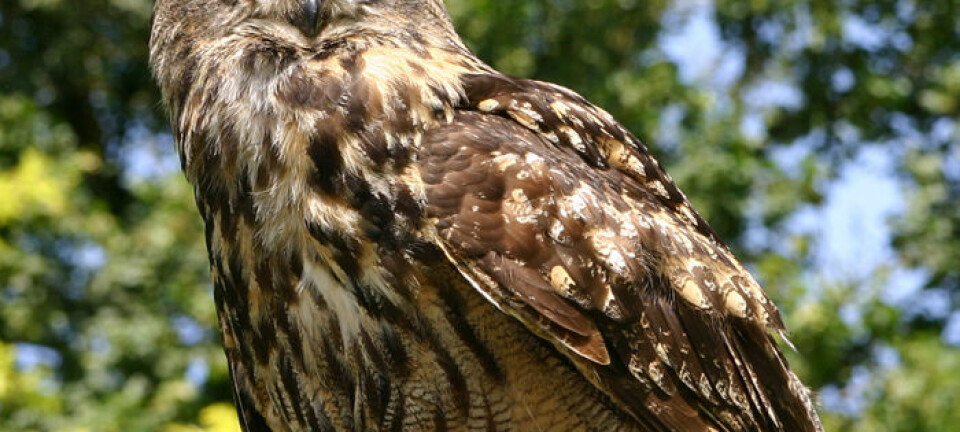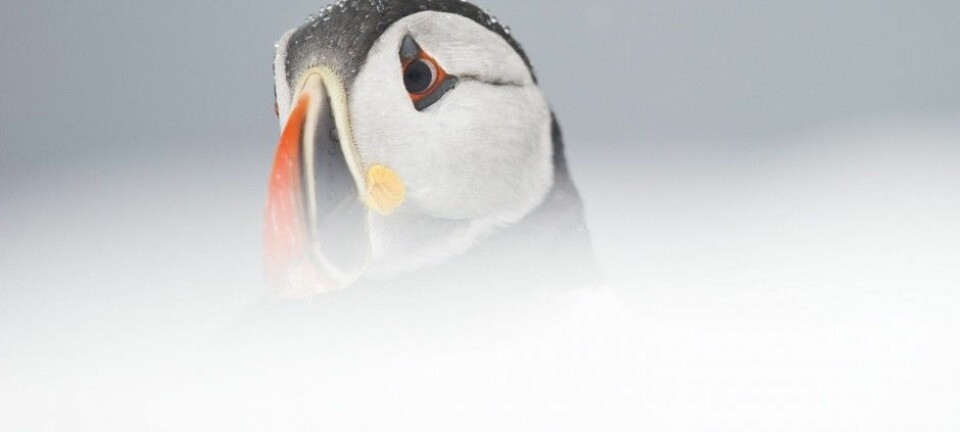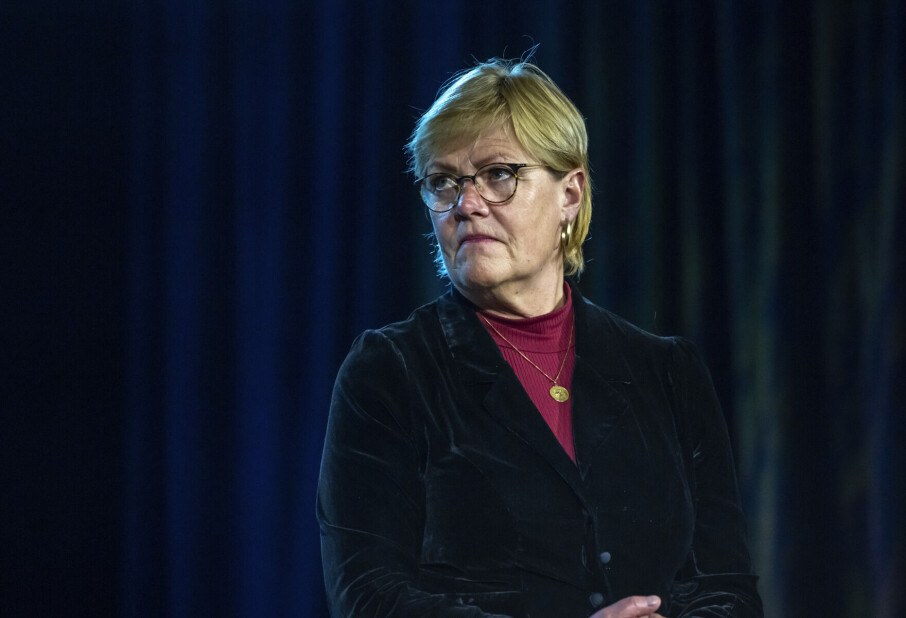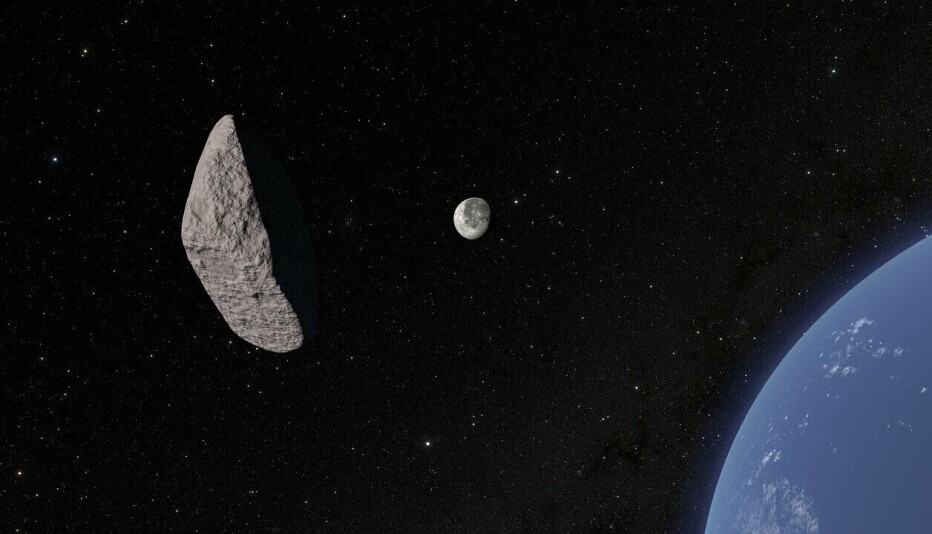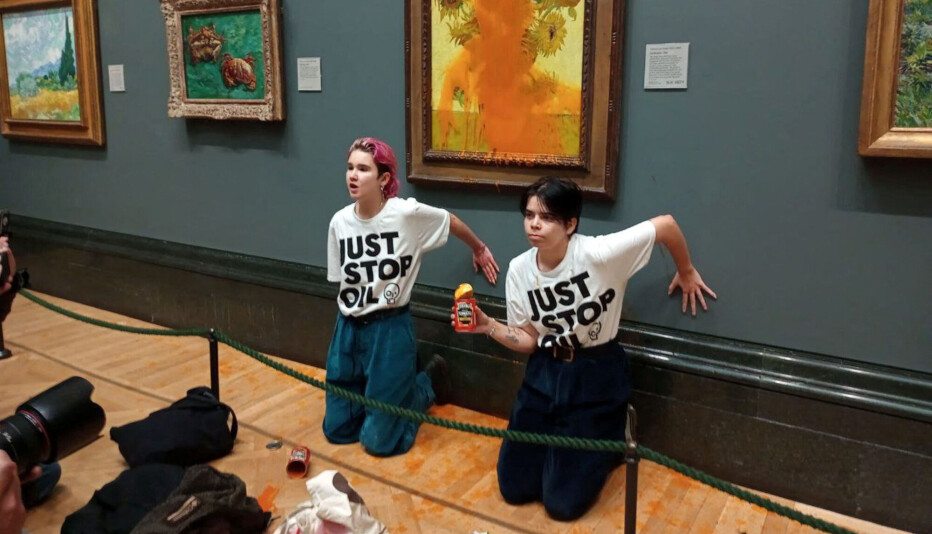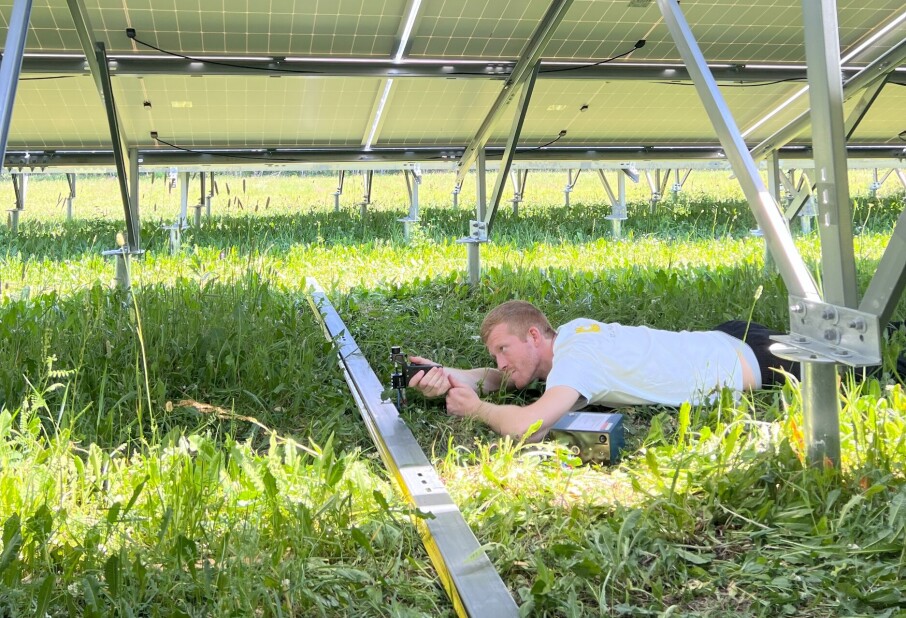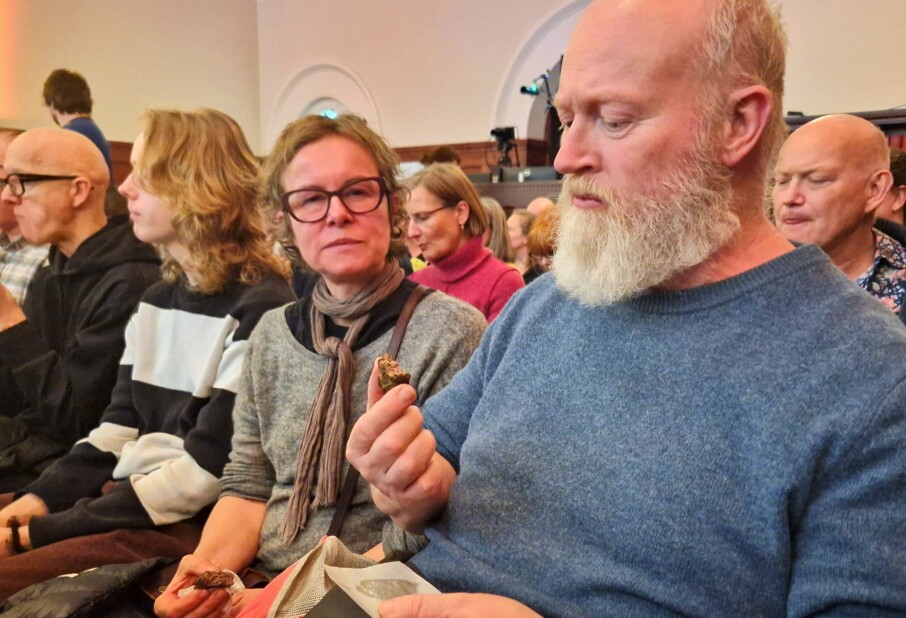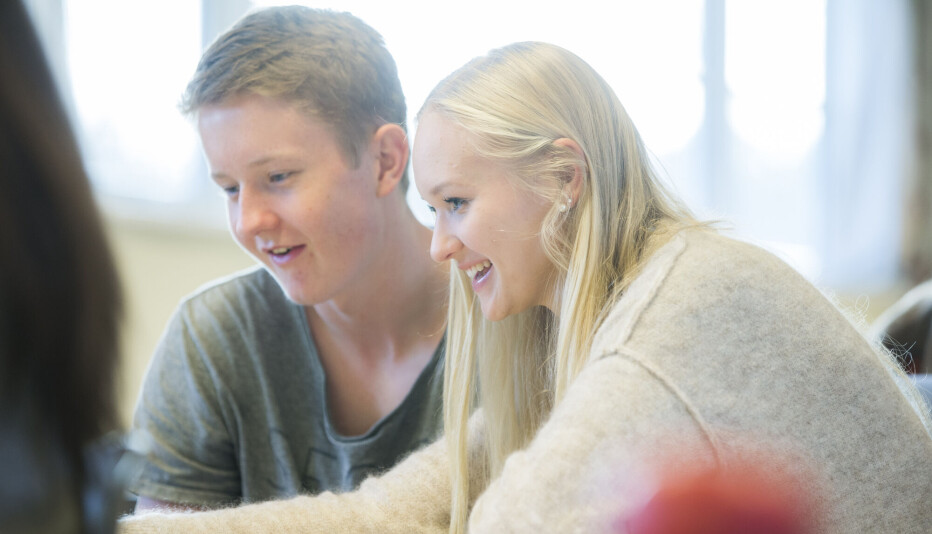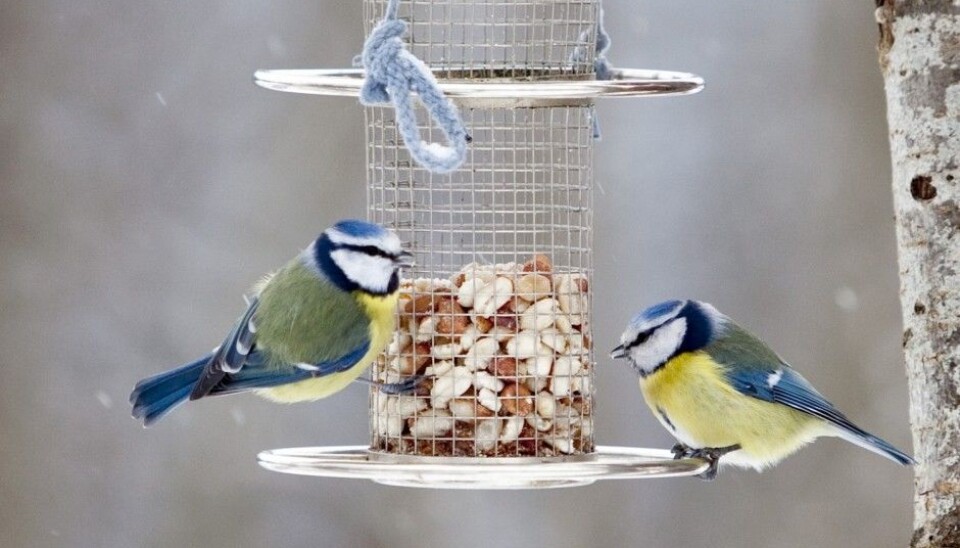
Be careful not to overfeed wild birds
It gives advantages to certain species but can make life – and survival – harder for others, warns an ornithologist.
Many Norwegians are fond of birds and like to feed them, especially in winter months.
The great tit [Parus major] is a robust species and one of the wild birds that benefits the most from the helping human hands that place food outdoors.
“It’s fine that people are interested in birds and give them food, but when they overdo it this can be a setback for other bird species,” says Tore Slagsvold.
He is a professor at CEES – Centre for Ecological and Evolutionary Synthesis at the University of Oslo. Slagsvold researches the great tit and other birds – their behaviour, reproduction and how they live in their environment.
He warns against overfeeding – and says people should discontinue feeding wild birds in the spring, after Easter.
Other birds encounter a closed door
One of the dangers of continuing to lay out food for birds well into spring is that it can lure them into nesting too early. Then their chicks hatch too early too, before there is sufficient food for them in the wild.
Slagsvold feeds wild birds too, and as long as we keep this within bounds he sees clear advantages in continuing to do so.
“Of course it is a joy for us to see birds at a feeder, and it can help many birds survive the winter when the snow is deep and covers trees and bushes.”
The great tit, as its name suggests, is the largest type of what are called tits in the UK and chickadees in the USA. They are found in North and Western Africa and all over Europe and Asia – all the way to Japan.
A disadvantage of too much feeding is that more of the great tits survive, and that tips the scales against other species, for instance the European pied flycatcher [Ficedula hypoleuca], according to Slagsvold.
The great tit does not peck out a hole in a tree itself; it nests in holes it finds or in birdhouses that people set up outdoors. These places are good for hiding from their enemies, such as crows, magpies and house cats. Slagsvold says that when great tit populations expand, they occupy the nesting spots that other species could have used for their own eggs.
The great tit is also a resident bird, meaning it does not migrate. It spends the whole winter, for instance in the Nordic countries, and that gives it an advantage.
“A species that flies a long way, such as the European pied flycatcher, which comes to us from Africa late in the spring, can encounter big problems trying to find a nesting spot. There is no shelter, nowhere for them to hide,” says Slagsvold.
He explains that if we continue filling up feeders with seeds and nuts, or laying out bread crumbs, well into spring we risk making the birds accustomed and dependent on unnatural supplies of food.
If on the other hand, we stop feeding birds around Easter and install birdhouses up in the trees birds like the flycatcher will have a better chance of finding a spot to nest when they migrate north.
Food at the cabin
“Increasing numbers of us also feed birds at our mountain cabins, including me,” says the professor in biology.
“But is we overdo that it can also spoil things for other species in this environment, for instance the scarce grey-headed chickadee.”
This species is on the verge of extinction in Southern Norway, and one theory is they are being out-competed by the great tit. Slagsvold has seen the grey-headed chickadee earlier in the forest east of the Rondane Mountains in Hedmark County, but hasn’t spotted any in recent years.
Slagsvold encourages people to help particular species survive by putting up birdhouses.
This is something that everyone who feeds birds should do. And not just one birdhouse:
“Put up two or preferably three, at distances apart of about 20–30 metres. Then the great tit will take one, the blue tit [Parus caeureleus] the second, leaving room in the third for the European pied flycatcher,” he says.
Too great a distance between the birdhouses can have a negative effect.
“If we put up birdhouses too far apart we get tits in all of them. If they are some 20 to 30 metres apart they are all within the territory of a great tit pair. Then the tits will keep all their fellow species away, but not the blue tit or the flycatchers.”
Slagsvold says that putting up just one birdhouse gives too much advantage to the same birds we have been helping with food all winter.
“Then they will hatch a lot of new recruits.”
One possibility is to wait with putting up birdcages in the trees until after the great tits have started to nest. In Norway that means waiting until the beginning of May, according to the professor.
Norwegians are not great birdwatchers
Even though many in Norway like to feed wild birds, Norwegians are not among the most enthusiastic in this aspect, asserts Slagsvold. In many other countries, such as Great Britain and the USA, people are generally more intrigued by birds than Norwegians appear to be.
In the UK people buy twice as much birdseed and birdfeeders as the residents of the Continent do. According to a new study the enthusiasm of the Brits can even have contributed to the lengthening of great tit beaks.
“It’s no goal for us to try and match the level seen in England, but I do think it’s good to lay out a little food. It elevates our interest in nature and helps preserve species and ecologies,” says Slagsvold.
If you aren’t keen on birds you might become so if you follow the live webcam at Zooom.no from a garden at Nesodden in Akershus County, just outside Oslo:
-------------------------------------
Read the Norwegian version of this article at forskning.no
Translated by: Glenn Ostling







